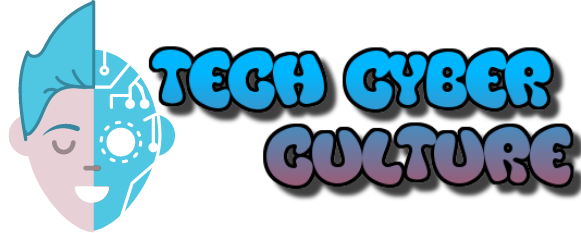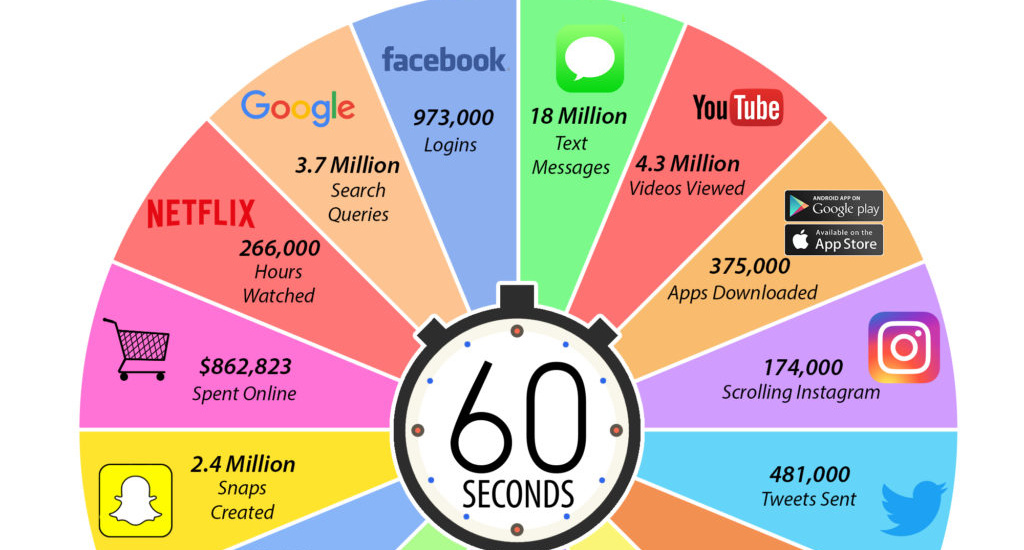What are the top 10 advancements in the field of computer vision and image recognition technology?
1. Convolutional Neural Networks (CNNs): CNNs have revolutionized computer vision by significantly improving the accuracy of image recognition tasks.
2. Deep learning: Deep learning techniques have played a crucial role in advancing computer vision, enabling computers to learn and understand images.
3. Object detection algorithms: The development of robust object detection algorithms (such as RCNN, Fast R-CNN, and YOLO) has allowed computers to identify and locate multiple objects in images or videos.
4. Image generation: The advent of Generative Adversarial Networks (GANs) has enabled the generation of highly realistic images, which has applications in various fields, including art, gaming, and data augmentation.
5. 3D vision: With the progress in depth sensing technologies (like LiDAR) and algorithms, computers can now understand and detect objects in a 3D environment, leading to advancements in autonomous vehicles and robotics.
6. Transfer learning: Transfer learning techniques allow models trained on one task to be used for other related tasks, significantly reducing the need for vast amounts of labeled data and training time.
7. Image segmentation: Advanced segmentation techniques, such as Fully Convolutional Networks (FCN), have made it possible to divide an image into meaningful segments, enabling applications like semantic image editing and medical imaging.
8. Image captioning: Combining computer vision with natural language processing, image captioning algorithms can generate meaningful and coherent textual descriptions of images, benefiting visually impaired individuals and various image analysis tasks.
9. Image super-resolution: Super-resolution algorithms enhance the resolution and quality of low-resolution images, helping improve image analysis in surveillance, medical imaging, and satellite imagery.
10. Real-time image processing: The development of efficient algorithms and hardware has facilitated real-time image processing, enabling applications like augmented reality, autonomous driving, and live video streaming analytics.







